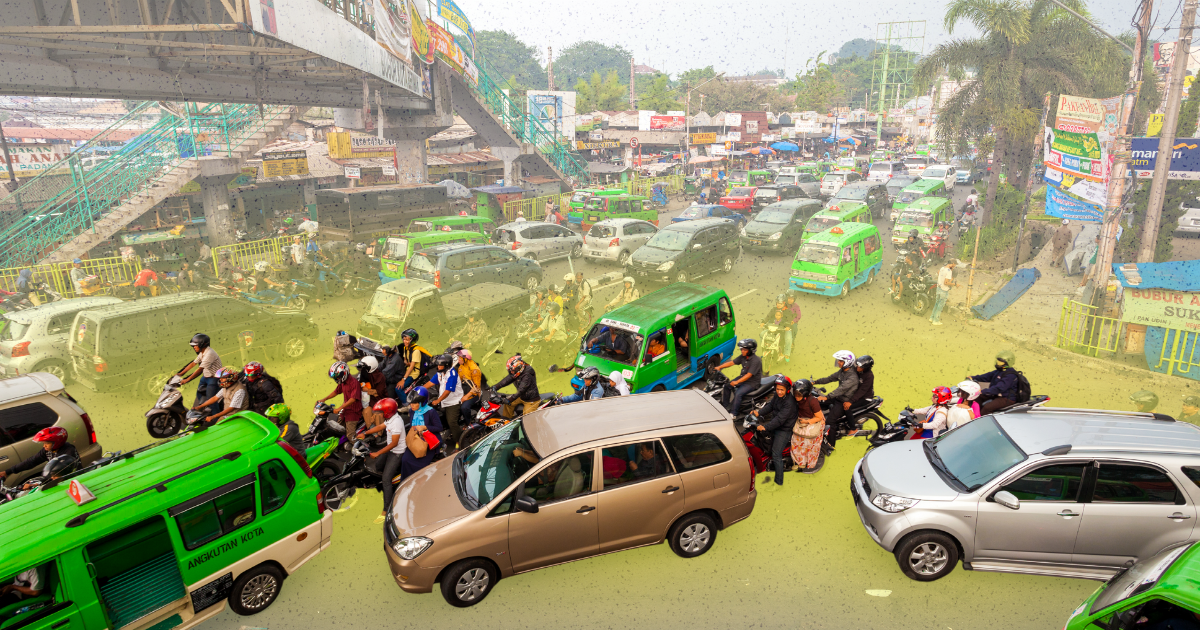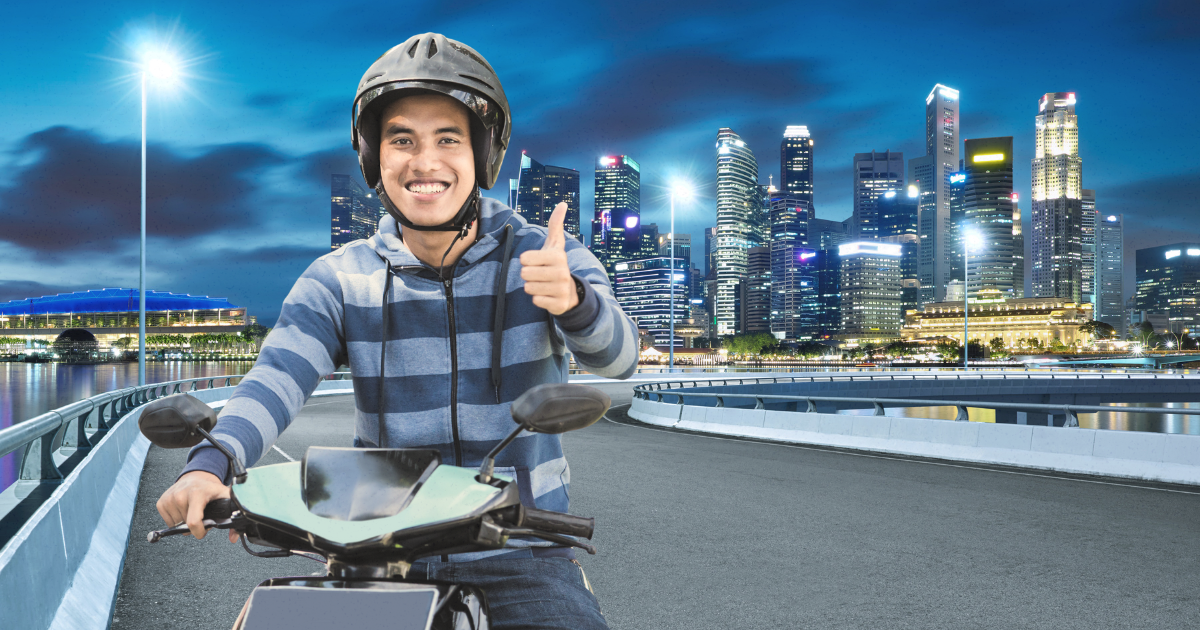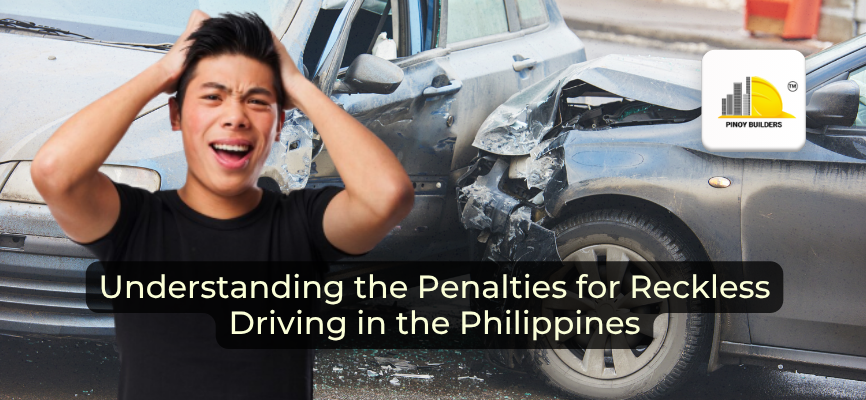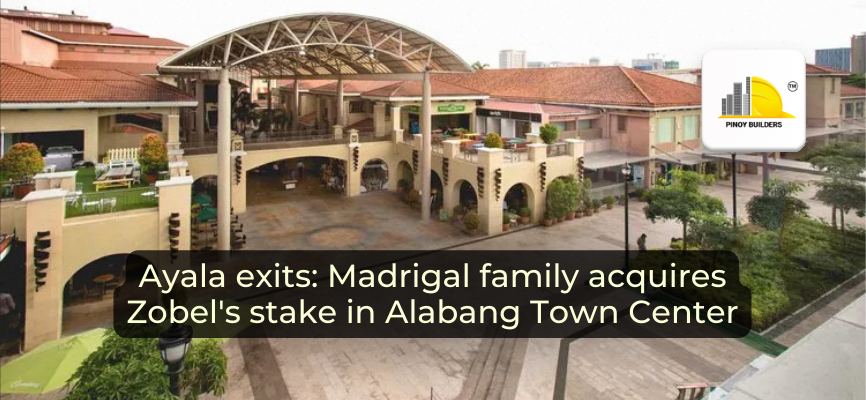The term “Kamote Riders” is making waves again as clips of daring motorcycle stunts and risky road behavior flood local feeds. Ever since the No Contact Apprehension Program (NCAP) resumed this June, more and more videos have surfaced showing riders weaving through traffic, ignoring signs, and speeding through busy crossings. It’s not a new issue, but the spotlight has definitely returned.
“Kamote” has become the go-to term for riders who treat public roads like racetracks. Whether it’s swerving between cars without signaling or racing past red lights, these habits attract negative attention. And while not every motorcyclist rides recklessly, the growing concern is how these dangerous actions affect everyone else on the road.
In this article, we’ll take a closer look at what “Kamote Riders” really means, why this behavior keeps trending, and the specific penalties riders risk under Philippine traffic laws.

What Is a “Kamote Rider”?
The term “kamote rider” is a widely used (derogatory) label for motorcycle riders who ignore traffic rules and engage in reckless or inconsiderate behavior on the road. It often describes those who weave through traffic, ignore signals, or cause avoidable accidents.
According to online sources (though without solid supporting evidence), the expression has roots in Filipino slang from the American era, when teachers would scold struggling students with the phrase, “You better go home and plant kamote.”
Over time, ‘kamote’ came to symbolize incompetence, carelessness, or poor judgment. In more recent interpretations, some say the word also refers to those who get into road accidents and simply scratch their heads (‘kamot ulo’) since they don’t know how to take responsibility for the repercussions of their actions.
While the phrase began with motorcycle riders, the culture of ‘kamote’ behavior has extended beyond two wheels. Irresponsible driving is now seen among private car owners, public transport drivers, cyclists, and even pedestrians. The term has evolved into a critique of road habits rooted in poor discipline and disregard for shared safety.
Although discussing ‘kamote’ behavior may seem humorous, its consequences are often serious and life-threatening.
Behaviors That Classify Someone as a “Kamote Rider” and Their Penalties
In areas where traffic enforcement is inconsistent and roads are congested, shortcuts and risky maneuvers become common. This mix of high volume and low discipline creates dangerous conditions for both riders and pedestrians.
Here are some of the most common risky actions linked to ‘kamote’ behavior:
1. Expired License and Registration
Operating without valid documents can result in heavy fines or even vehicle impoundment.
- Driving unregistered vehicles (including expired registration) is punishable by a ₱10,000 fine, plus impoundment if unused for over a month.
- Under RA 4136, it can also bring a criminal charge: ₱2,000–₱6,000 fine and/or up to 6 months imprisonment.
- Late registration penalties: ₱100–₱200 surcharge, and if delayed over a month, a 50% MVUC surcharge
2. Habitual Violations
Some riders collect multiple tickets without learning from them, risking license suspension.
Multiple offenses (e.g., reckless driving) lead to cumulative fines and license suspension, starting at 3 months for a second offense, up to 6+ months after repeated infractions.
- 1st offense: ₱2,000 fine
- 2nd: ₱3,000 + 3-month suspension
- 3rd: ₱10,000 + 6-month suspension
3. Turning Without Checking a.k.a ‘Liko Bago Lingon’
Failing to look or signal causes side collisions and near-misses. According to the official LTO Portal article on traffic fines and violations, the fine for improper lane use or unsafe lane change (even swerving between lanes) is ₱1,000 per offense.
This includes if a rider is caught for:
- Changing lanes unsafely
- Swerving between lanes without signaling
- Blocking or obstructing bike lanes
4. Improper Lane Use
Swerving between lanes or riding outside designated motorcycle lanes disrupts traffic flow. This is also classified as improper lane/vehicle use, so a ₱1,000 fine will be imposed on the offender.
5. No Helmet / Wearing Slippers
This not only violates the Motorcycle Helmet Act (RA 10054) but also increases the risk of injury in accidents. Under Republic Act 10054:
- 1st offense: ₱1,500
- 2nd: ₱3,000
- 3rd: ₱5,000
- 4th+ offenses: ₱10,000 + confiscation of driver’s licenses
6. Polluting Exhaust Pipes
Exhaust pipes that emit black smoke can be penalized under the Clean Air Act. Smoke-belching includes fines varying from:
- 1st offense: up to ₱2,000
- 2nd: up to ₱4,000
- 3rd+: fine up to ₱6,000 + 1‑year registration suspension + seminar
7. Aggressive Racing
Turning roads into racetracks endangers everyone, not just the rider. Under House Bill No. 5759, or the Anti-Road Rage Act proposed back in 2019, road rage or violent behavior may incur criminal penalties, which can result in up to 6 years imprisonment and ₱250,000 fine.
However, as of the article’s publication, the act of driving aggressively is only classified as a traffic offense and can impose penalties varying from ₱2,000 to ₱10,000 plus license suspension.
8. Excessive Lights or Horns
Distracting modifications can lead to fines and accidents. Vehicles operating with defective, improper, or unauthorized accessories (such as aftermarket LED bars, loud horns, or unapproved modifications) are penalized under LTO regulations concerning vehicle parts and equipment.
| Vehicle Type | Offense No. | Driver Fine | Operator/ Owner Fine | Additional Penalty |
| Private | Any | ₱0 | ₱5,000 | |
| For-Hire | 1st | ₱1,000 | ₱5,000 | |
| For-Hire | 2nd | ₱1,000 | ₱10,000 | Impoundment of the unit for thirty (30) days |
| For-Hire | 3rd | ₱1,000 | ₱15,000 | Cancellation of CPC |
Additional enforcement actions include impoundment until the accessory or device is corrected or removed and confiscation of unauthorized parts.
9. No Signal Lights
Failure to use blinkers leads to miscommunication on the road. LTO regulations penalize vehicles with distracting modifications or those with defective or improper accessories. If the vehicle does have the proper signal but was not used properly, then the violation will be categorized under traffic fines and violations, which is ₱1,000 per offense.
10. Ignoring Signages and Road Markings
Disregarding basic guidance such as stop signs, U-turn slots, and pedestrian lanes increases danger for all. Those ignoring traffic signs will be fined ₱1,000 per violation.
Promoting Safer Motorcycle Habits
Staying safe on the road starts with small, consistent habits. Whether you’re riding through city traffic or provincial roads, responsible behavior makes a big difference. Here are a few ways to ensure every ride is safer for everyone.
- Use safety gear consistently
- Check and update documents regularly
- Signal clearly
- Maintain vehicle condition
- Obey road signs and speed limits
We cannot avoid emergencies, but we can control how we act on them. Being on the road is a responsibility, and so is operating a speeding vehicle, no matter how or where you drive it. Always remember that you are responsible not only for your own safety, but also for those who exist around you.

A Public Reminder: Ride With Safety In Mind
Every rider plays a part in keeping the roads safe. Apart from simply following the rules, responsible driving is all about protecting lives. As public figures and safety advocates continue to remind us, road discipline should always come first.
Being a motorcyclist comes with responsibility. Reckless riding not only invites penalties—it endangers lives. As celebrity and motorcycle enthusiast Kuya Kim Atienza puts it:
“Ang pangangarera ay ginagawa sa tamang lugar… wag tayong mag-ugaling kamote.”
Let’s take that message to heart. Ride with humility. Respect fellow commuters. And remember: the road belongs to everyone.
References
David, M. (n.d.). Breaking down the reasons why kamote riders are what they have become. Inquirer Mobility. https://inqmobility.com/2021/05/26/insider/motorcycles/breaking-down-the-reasons-why-kamote-riders-are-what-they-have-become/
Marcellones, M. S. C. (2022, July 19). What is a ‘kamote’ rider? Kuya Kim explains. Cebu Daily News. Retrieved June 30, 2025, from https://cebudailynews.inquirer.net/453761/what-is-a-kamote-rider-kuya-kim-explains
Punsalang, E. (2021, November 18). 10 things that ‘kamote’ riders do. MotoDeal. Retrieved June 30, 2025, from https://www.motodeal.com.ph/articles/motorcycle-features/10-things-kamote-riders-do










